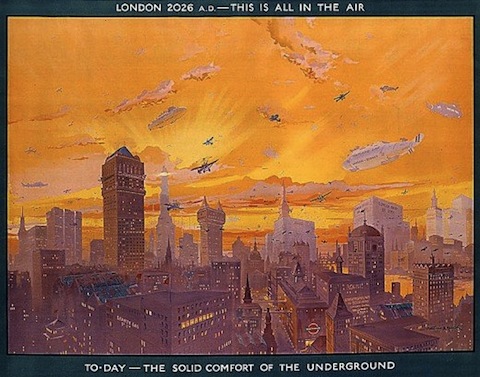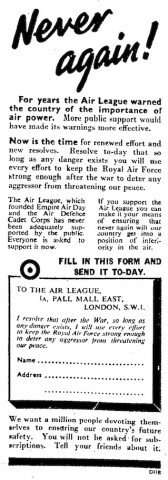The RAF Displays held at Hendon between 1920 and 1937 were unique, in that no other air force attempted to project a vision of itself, its capabilities and its responsibilities in so public a way, on such a large scale and over such a long period. Of course, that's largely because there weren't many air forces around. Or rather, they did exist, but not independently of their nation's army and navy. Putting on such a big show was important for the RAF precisely because it was newborn: it needed to convince everyone (parliamentarians, journalists, the public, the other services, other nations) that it was necessary and/or that it was successful. Hendon seemed to have fulfilled this very well, judging by press attention and attendance numbers.
But viewed another way, the RAF Displays weren't unprecedented at all. Both the British Army and the Royal Navy had their own forms of public display. The Army had long performed in public, in fact, such ceremonies as trooping the colours, and the 19th century witnessed a huge growth in the popularity of military reviews, according to Scott Hughes Myerly 'the most popular and elaborate public manifestation of the military spectacle':
The action on the field consisted of evolutions of drill, musket volleys with blanks, and cannon salutes. Often a sham battle or mock, siege would be staged between two opposing units, or a bayonet or cavalry charge would be a part of the show.
I'm not sure of the actual content of these mock battles, though the fact they they were performed during the Napoleonic Wars suggests an obvious ideological function. For its part, the Navy also developed fleet reviews into what Jan Rüger has termed 'a new form of public theatre'. This happened much later in the century, however, dramatically increasing in frequency after the review held for Victoria in 1887 on the occasion of her golden jubilee. By their nature, naval reviews afforded fewer opportunities for presenting narratives of actual combat. There were some, though, for example a 'mock-attack carried out by torpedo boats and submarines' at the 1909 Spithead review. Like the RAF later, and doubtless the Army before it, the Navy rather dubiously insisted that these were not mere spectacles but training for war.
...continue reading →


